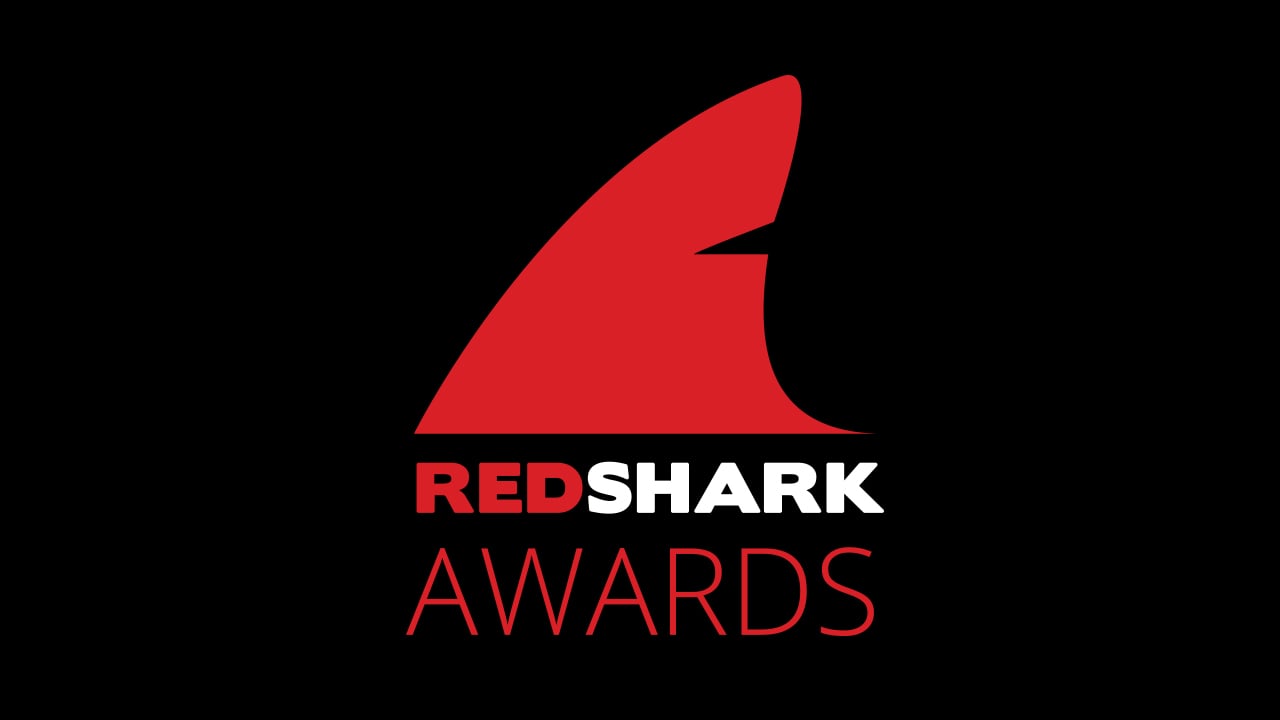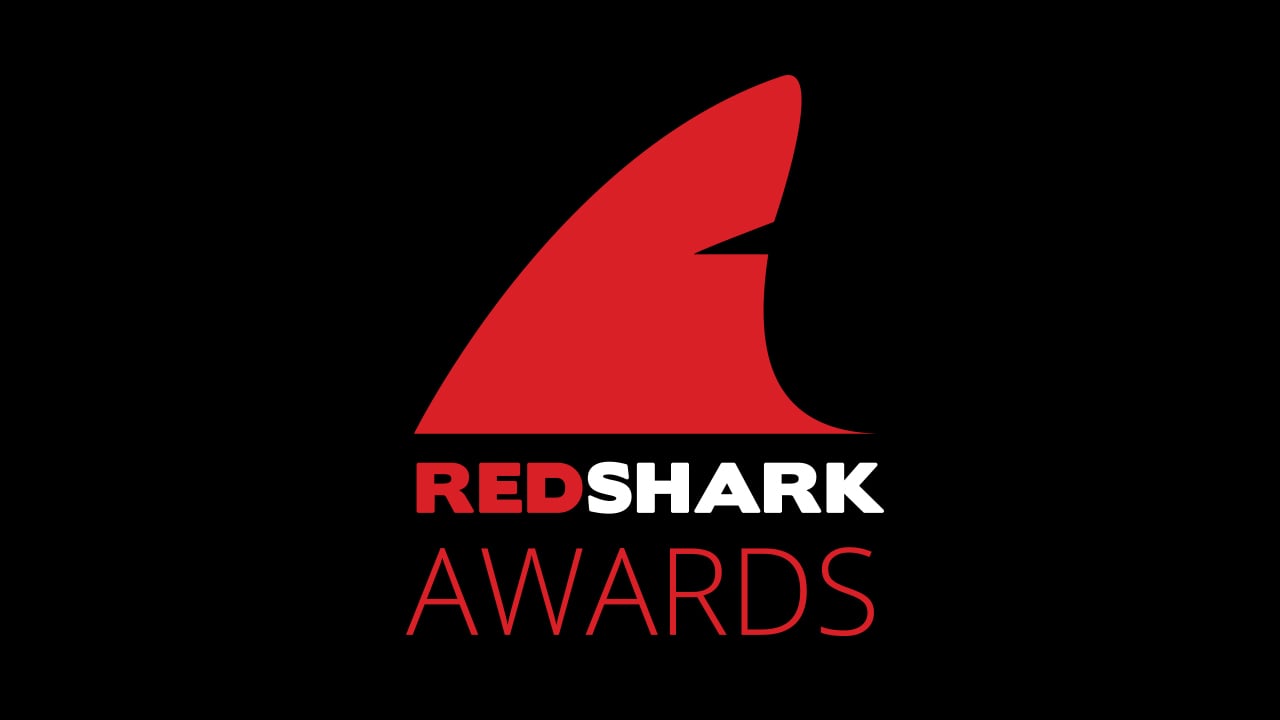

RedShark at IBC 2017: The winners are now in for the RedShark News Awards categories at IBC 2017. Read on and find out who won.
We’ve been to the show. Honestly, there weren’t many - if any - breathtaking announcements. This is because most of the big news came out before the show. In a way this is better for us because we are able to give good coverage to everything as it’s announced - rather than having to deal with a flood of news on the first day or the show.
It also means that we’re able to look behind the scramble for news and take a more relaxed, considered view of what’s on show.
What we have here, now, is our list of awards under the categories that we’ve chosen.
While we’re on the subject of categories: it’s very had to figure out what categories we should have. Every time we’ve done this, we find products that don’t fit into any of the categories we’ve chosen. We could always have more categories but that becomes unwieldy and it can even dilute the specialness of receiving an award.
So what we have here is a somewhat ad-hoc, imperfectly categorised list of products.
In the end, it doesn’t really matter. What’s important is that the products that deserve prizes actually get prizes.
Best Cinema Camera
This is the award for the best top-end camera for making movies. Just to put this in perspective: it must be a camera that top film directors and cinematographers would consider using. In fact, not just “consider” but actively choose.
The award goes to Sony’s new Cinealta camera: Venice.
Only just announced, this camera aims for the top by concentrating on the image. Specifications include a 6K sensor but to call this a “6K camera” is to miss the point. And that point is the picture itself.
Sony has spent the last five years doing market research: talking to camera users and using this feedback to build their new Flagship camera.
The result is a camera with a full-frame sensor, high dynamic range, a very wide colour gamut, excellent skin tones, and backwards compatibility with F55 accessories.
All cameras in this category are now so good that it’s hard to compare them. At the very least, Sony has built a camera that is right up there with the very best.
Best Audio Product
Audio is a whole industry in itself and this could be software or hardware: a digital audio workstation or a loudspeaker. Noise reduction software or a microphone.
The winner is Adobe Audition CC.
This is a product with a long history - it started out as “Cool Edit Pro” but has been continuously improved since it was taken over by Adobe.
It is now a go-to audio editor which is at the same time usable and powerful. The latest list of additions caught our attention and make Audition CC worthy of an award in our view.
Here’s Adobe’s list of new features and additions:
Audio improvements in Adobe Audition include customizable, flexible session organization, enhancements to multi-take workflows, and continuous playback while editing. Powered by Adobe Sensei, auto-ducking is added to the Essential Sound panel that automatically adjusts levels by type: Dialogue, Background Sound or Music.
Additional key updates to Audition include:
- Continuous Playback: Enhancements to the playback experience in Audition bring 400% faster mixdowns and continuous playback during the edit.
- Smart Input Monitoring: Now offering new functionality – Smart Input Monitoring – when arming a track for record. In the past, you’d hear the mic input through the process. Now you’ll only hear the audio on the track until the selection, then your voice for the selection, then the audio on the track. Enables input monitoring when you need it and turns it off when it’s distracting.
- Enhanced Crossfade Support: Allows crossfade of layered clips: fade completely over clip; mirrored, symmetrical fades: ALT; and lock duration of fades: SHIFT.
- Improved Z-Ordering: Changing the default so clips on top stay on top. More intuitive, no longer lose clips behind others.
- Mackie HUI Control Surface Protocol: Support for the Mackie HUI control surface protocol which gives Audition users access to modern consoles with the added benefit of timecode synchronization.
- Updated Video Display: Updates to the video display that will include full-screen lock and timecode overlay (size, opacity, and location) for both source and session timecodes.
Best Post Product
A wide field because it includes NLEs, VFX and compositing software - and much more too.
The award goes to Premiere Pro for its VR integration into Premiere Pro CC - and specifically because it’s the first time we’ve ever seen a timeline view in a VR display.
It seems magical. When you look at a scene in VR, there’s also a controller floating in front of you, and as you look down (approximately to where your desk would be) there’s a timeline, which follows you around as you look over your shoulder or up into the sky.
With the controller you have all the access you need to the functions within the VR world. There’s a laser-like projection from the controller that allows you to manipulate the timeline.
It all looks and feels very natural. A very good sign that a given virtual world is a good one is not wanting to leave it, and this is definitely the case with this new VR integration.
It might just be that Adobe has shown us the future of user interfaces.
Best Storage Device
This could be a memory card, RAID system, NAS or shared storage: or any of the other myriad manifestations of stationary data.
The award goes to G-Technology’s SSD R-Series.
The new SSD drives from G-Technology are fast and rugged. They’ll survive being dropped and they’re IP67 rated against dust and water. What turned our eye was the industrial design of the product. It looks great, and goes some way to justifying the higher prices that you normally associate with SSDs.
But these diminutive drives are fast too. And with capacities up to 2TB, they’re an obvious choice for DITs and anyone who needs to move large media files around in a tiny package.
Best Optical/Lens Product
This could be a memory card, RAID system, NAS or shared storage: or any of the other myriad manifestations of stationary data.
Sigma Cinema Lenses.
Sigma happily admits that the company was seen as a cheaper alternative to major brands. Now, they’re sought after for their quality. This is a good place for the company to be and we have given it our award for simply being a very viable option for the plethora of lower cost cinematic cameras today.
Our awards continue on the next page.
Best Live Production/Streaming Product
Live production is booming. Streaming is booming. Put them together and you have an explosion of products in this field.
Winner is Wowza Low Latency Streaming Platform.
Wowza has solved some difficult problems. When you stream live, you can get huge latencies. This matters with live sports and with breaking news. What they’ve managed to do is get streaming latency down to satellite broadcast levels. This may seem arcane but it matters. Wowza has also developed a streaming appliance for use with Facebook Live.
The company provides services to countless other streaming providers.
Best New Tech Product
This really is a catch-all category. It will be won by the product that shows the biggest advance in technology, or the best use of it.
AJA/Colourfront HDR processor FS|HDR.
This was really interesting. AJA has teamed up with colour science expert Colourfront to add some extraordinary capabilities to the AJA FS|HDR processor. Essentially this device can now upscale Standard Dynamic Range material to High Dynamic Range. This shouldn’t be possible, but what it does it does through perceptual “tricks” that don’t stress the material. We can only begin to wonder how it all works, but it does. This is a remarkable achievement.
Here’s what AJA says about this on its website,
“FS-HDR’s HDR/WCG capabilities leverage video and color space processing algorithms within Colorfront Engine™, specially-licensed by AJA from Colorfront, and developed by Colorfront’s CTO Bill Feighter and Lead Engineer Tamas Perlaki, both of whom are Academy Award-winners.”
Best Camera Rig/Accessory
This goes all the way from little accessories that sit on a camera to tripods and cranes.
The winner is the Sachler/Vinten Flowtech Tripod.
If an alien civilisation were to design a tripod, this is what it would probably look like this. You need to try it. It weighs massively less than you’d think, and it’s incredibly quick to set up. At the point where we were all thinking that the only possible innovation in tripods would be an extra leg, this proves us wrong.
Best Recorder/Field monitor
It’s sometimes hard to detect the edge of this ever-evolving field, but there are some great products out there that act as recorders and field monitors at the same time, or separately.
The winner is Sumo 19” M.
Atomos are known for their monitor/recorders, but now that is starting to change, and we can now start to take the company seriously as a producer of dedicated quality on-set monitors.
Best Documentary Camera
The winner is the Panasonic EVA 1
Not really a documentary camera but very portable, excellent in low light and capable of cinematic results. Very good in low light because of dual ISO sensor. Exactly the same colour science as the bigger Varicams so it easy to match between cameras. This was an easy choice to make.
Tags: Production


Comments